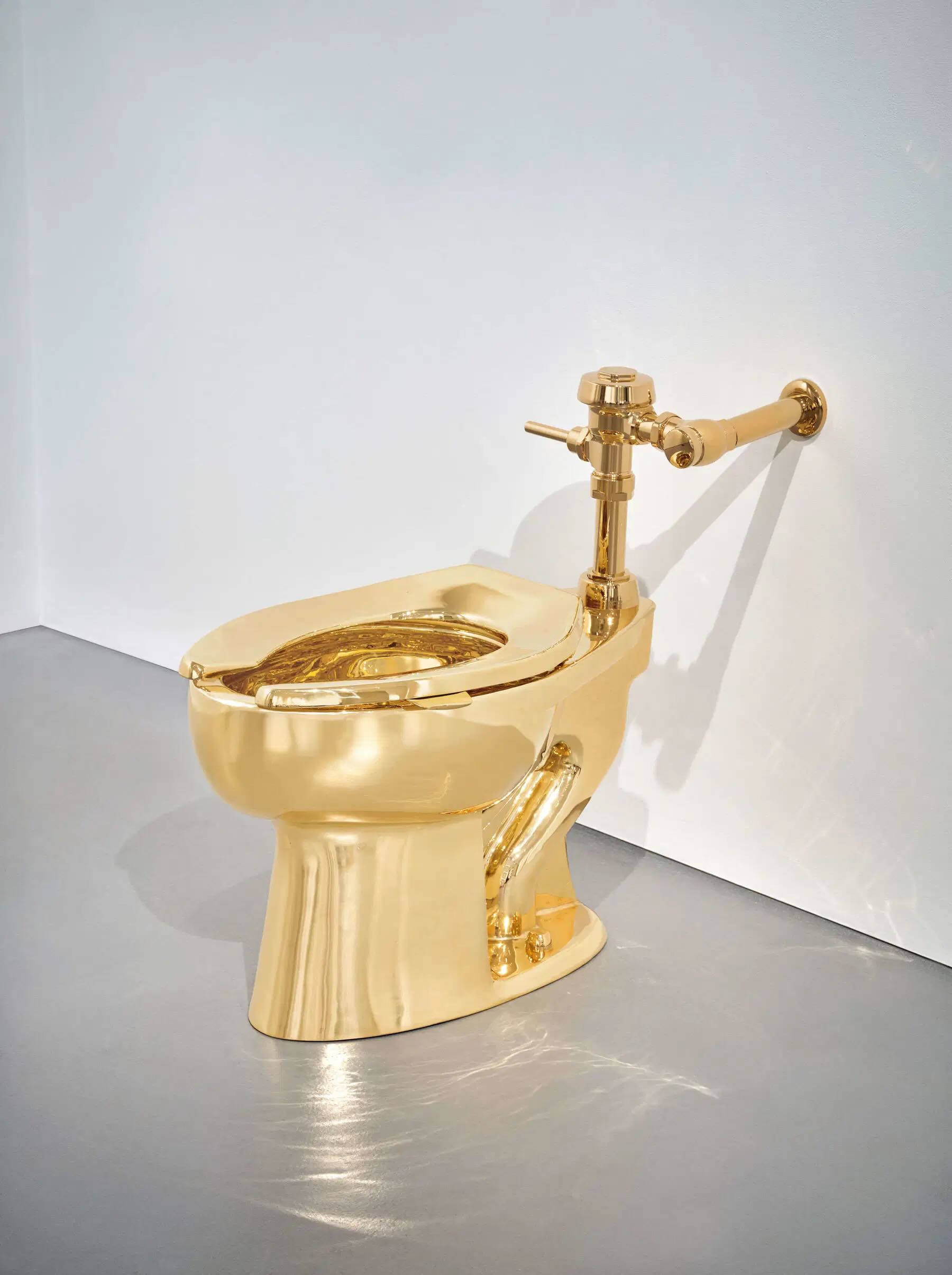When it comes to furniture, wicker, rattan and rattan core twine are materials that immediately evoke a sense of timeless elegance and craftsmanship. Not only do these natural materials offer unparalleled beauty, but they are also a sustainable choice for your home. But what exactly are they?
Rattan core twine: refinement and delicacy
Rattan core twine is made from the inner part of rush, a plant in the palm family. Characterized by a smooth and uniform texture, rattan core twine is prized for its flexibility, which allows it to be woven into intricate and refined designs. This material is perfect for those seeking furniture and accessories that combine elegance and durability. An Italian architect and designer, Albini created some of the most iconic pieces in rattan core twine, such as the famous “Margherita” armchair from 1951. His skill in working this material has made his pieces true works of art.
Rattan: natural strength
Rattan comes from various species of climbing palms from the rainforests of Southeast Asia. Known for its strength and flexibility, rattan is ideal for furniture that must withstand heavy daily use. Its sturdiness makes it perfect for both indoor and outdoor furnishings. Danish designer Arne Jacobsen has used rattan in many of his designs, bringing a touch of warmth and naturalness to modern interiors. His rattan chairs are still highly sought after today for their elegant and functional design.
Wicker: tradition and versatility
The term wicker refers to the technique of weaving rather than to a specific material. It is usually made by weaving various natural fibers such as willow, bamboo, rattan core twine, and rattan. Wicker is synonymous with traditional craftsmanship and rusticity, and is perfect for creating a cozy, homey atmosphere. French designer Charlotte Perriand often integrated wicker into her furniture, enhancing the material's simplicity and functionality. Her creations express a balance between form and function, embodying the spirit of modern design.
Opting for wicker, rattan, and rattan core twine means making an environmentally responsible choice. In fact, these materials are sustainable for several reasons: they are renewable, meaning the plants from which they are derived grow rapidly, allowing frequent harvesting without harming the ecosystem. In addition, being natural materials, wicker, rattan and rattan core twine are completely biodegradable, reducing environmental impact. Finally, the processing of these materials requires less energy than that needed to produce synthetic or metallic materials, helping to reduce CO2 emissions.
Explore our collection of vintage and antique wicker, rattan and rattan core twine furniture and find the perfect piece for your home, combining history, style and sustainability.






.png)





